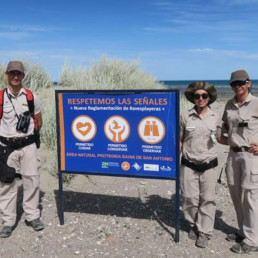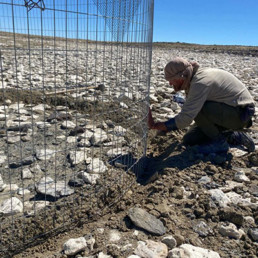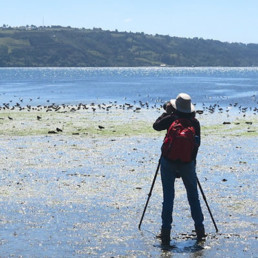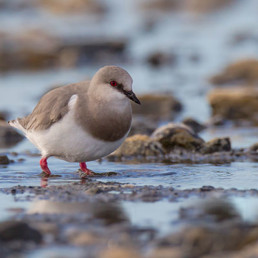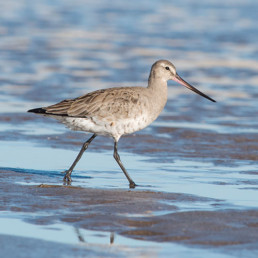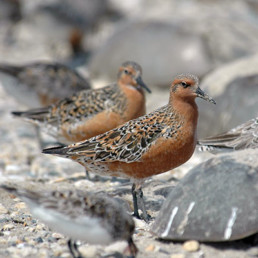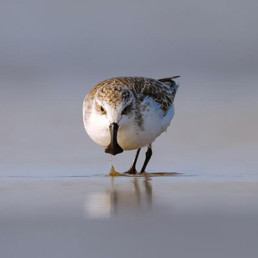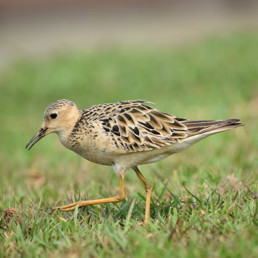Earth has no borders
Shorebird lesson
Shorebirds, in their annual migrations spanning thousands of kilometers across seas and continents, unveil a profound lesson — the Earth knows no borders. Their journeys, echoing the migratory paths of their ancestors, emphasize the interconnectedness of our planet.
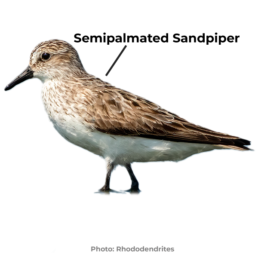
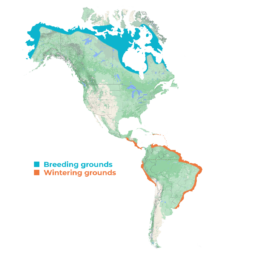
Video: Shawn Carey, Plymouth Beach, Massachusetts
The migration of the Semipalmated Sandpiper covers an impressive distance of over 10,000 kilometers. Originating from its Arctic breeding grounds, such as those found in the tundra regions of Canada and Alaska, these tenacious shorebirds embark on an incredible journey southward. Their wintering grounds stretch along the coasts of Central and South America, with notable stops in locations like the Gulf of Mexico and the Caribbean.
Act big
To address the global challenges faced by shorebirds, we think big. Collaborating with private partners, NGOs, and governments from diverse countries, we recognize the need for a united front in our conservation efforts.
Earth has no borders
Shorebirds, in their annual migrations spanning thousands of kilometers across seas and continents, unveil a profound lesson — the Earth knows no borders. Their journeys, echoing the migratory paths of their ancestors, emphasize the interconnectedness of our planet.


Act big
At ICF, we embrace this wisdom by observing nature and adapting our actions. To address the global challenges faced by shorebirds, we think big. Collaborating with private partners, NGOs, and governments from diverse countries, we recognize the need for a united front in our conservation efforts.
The migration of the Semipalmated Sandpiper covers an impressive distance of over 10,000 kilometers. Originating from its Arctic breeding grounds, such as those found in the tundra regions of Canada and Alaska, these tenacious shorebirds embark on an incredible journey southward. Their wintering grounds stretch along the coasts of Central and South America, with notable stops in locations like the Gulf of Mexico and the Caribbean.
“A world-wide catastrophe is underway among an extraordinary group of birds—the marathon migrants we know as shorebirds. Numbers of some species are falling so quickly that many biologists fear an imminent planet-wide wave of extinctions.”--Dr. John W. Fitzpatrick and Dr. Nathan R. Senner, New York Times, April 2018.
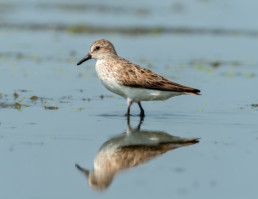
“A world-wide catastrophe is underway among an extraordinary group of birds—the marathon migrants we know as shorebirds. Numbers of some species are falling so quickly that many biologists fear an imminent planet-wide wave of extinctions.”--Dr. John W. Fitzpatrick and Dr. Nathan R. Senner, New York Times, April 2018.
Flyways are fragile
Shorebirds, like the Red Knot, have relied on specific flyways for millennia, with their timings and migration paths finely tuned to the rhythm of nature. For a mere 200-gram bird to navigate a 15,000-kilometer flight, numerous factors must align. Any disruption along these flyways poses a severe threat, potentially leading to a collapse in the population of these incredible birds.
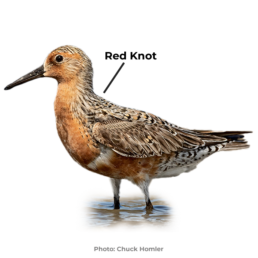
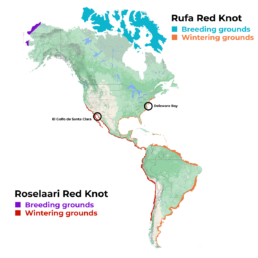
The Rufa subspecies follows the Atlantic coast of America, while the Roselaari subspecies traverses the Pacific coast. Both undertake crucial stops during their journey to South America, timed with the spawning of horseshoe crab eggs in the Atlantic and grunion eggs in the Pacific. These stops are vital for Red Knots, providing a crucial food source necessary for them to gather strength for the continuation of their southward journey.
The remarkable journey of the Red Knot spans approximately 30,000 kilometers, as these resilient shorebirds migrate from their breeding grounds in the Arctic, such as the Taymyr Peninsula in Russia, to their wintering grounds in southern South America, as far as Tierra del Fuego.
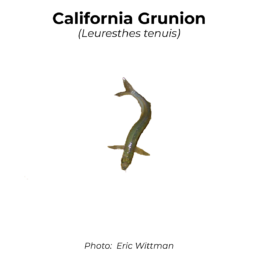
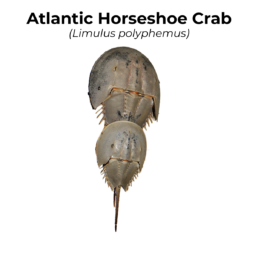
A pressing concern is the risk posed by overfishing, particularly impacting the horseshoe crab eggs along the Atlantic coast and grunion sardine eggs in the Pacific Ocean. This threatens the primary food source of Red Knots, jeopardizing their ability to replenish energy and successfully complete their migratory cycle.
"Since the year 2000 the Tierra del Fuego population has declined from 52,000 red knots to 10,000 in 2013, and similar population declines have also occurred in the other Canadian subspecies."
Dr. Allan Baker, Royal Ontario Museum
It's not too late
Spoon-billed Sandpiper
Critically Endangered
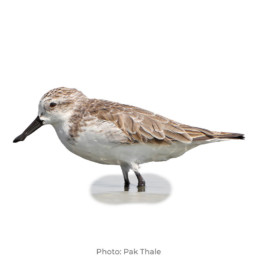
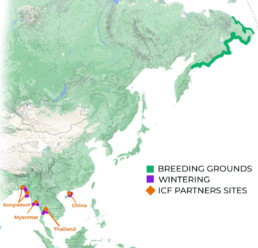
Factors like habitat loss and subsistence hunting pose severe threats, pushing this species to the edge. With a global population estimated at merely 100 breeding pairs, the Spoon-billed Sandpiper has recently experienced a rapid decline, losing around a quarter of its adult population each year. Unless urgent measures are taken to curb this alarming rate, the Spoon-billed Sandpiper is on track to face extinction within a decade.

Spoon-billed Sandpiper hatchlings, photo: Pavel Tomkovich
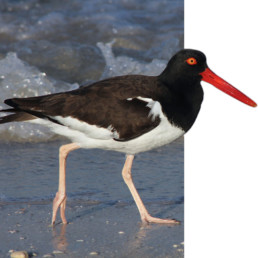
Our partners help protect shorebirds around the globe
Learn more about the shorebird species that we're fighting for




